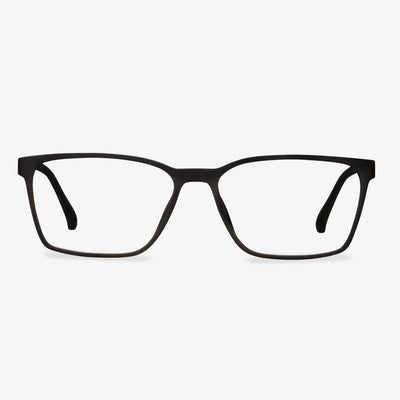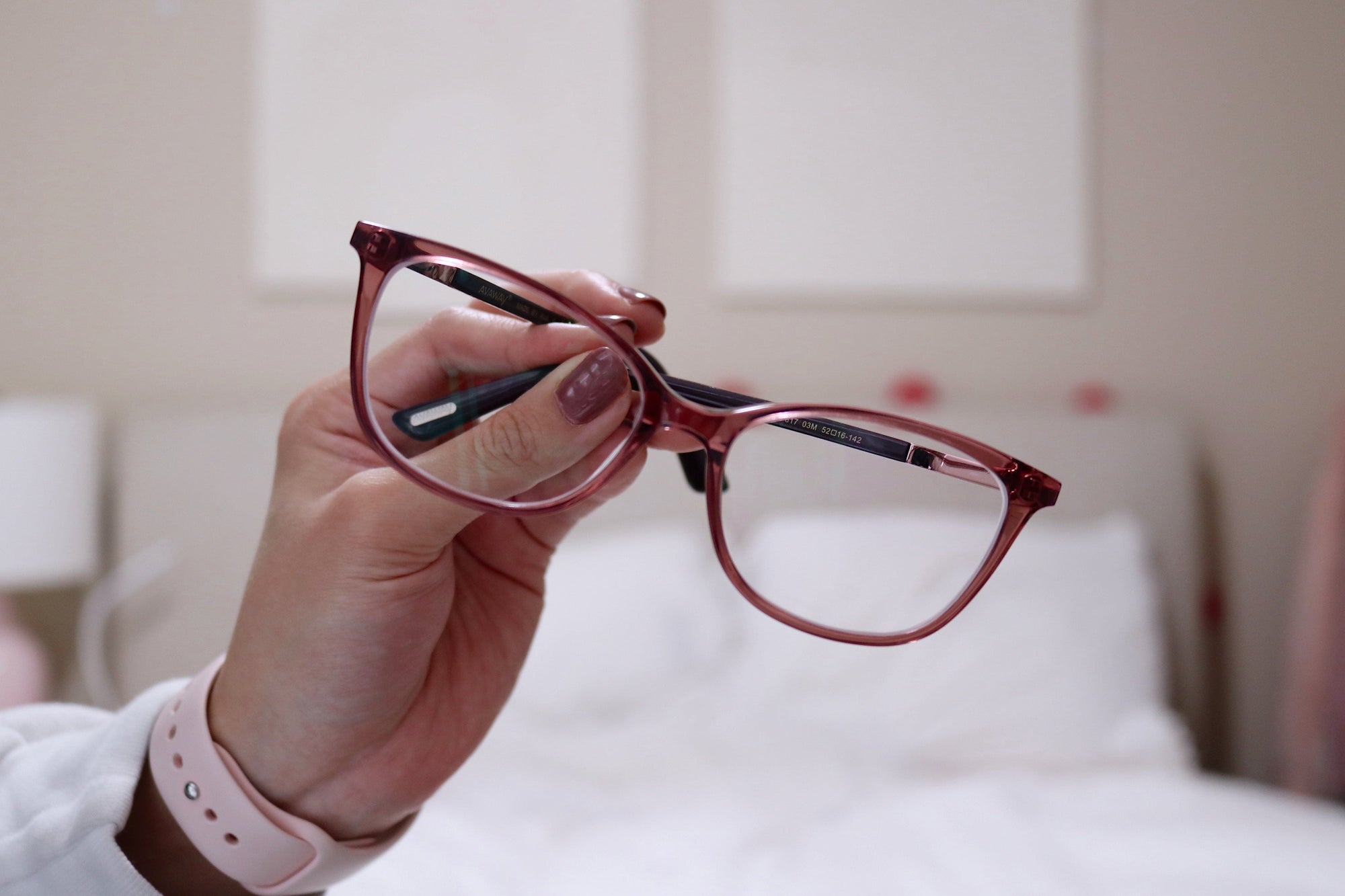Does it take time to adjust to progressive lenses?
How long should it take to get used to progressive lenses? I have never worn glasses before.Progressive lenses were developed to allow easy switching between near and far views. Progressive glasses are divided into four parts. The upper part is the far-light region. The lower part is the near-light region, and the middle part is a variable light region. From top to bottom, if the hyperopia film is gradually increased and the myopia film is gradually decreased. The middle variable area is on both sides of the astigmatism area. Because of the prism effect, when you see things, through this area, the object will be blurred, and the eyes will feel uncomfortable. If the height of the frame itself is very small, the transition zone of progressive multi-focus is very narrow, and the eyes may not adapt to the sunglasses. The current design of progressive lenses is still not mature. Imported brands are relatively stable but expensive, and domestic brands are not mature in design. For various reasons, progressive glasses may be difficult to adapt to wearing.
How Should Glasses Fit?
In order to enable the glasses to fit on your face and ears, you need to pick the right frame width for your face. The width of your frame is the entire horizontal measurement of the front of your frames. A correct frame width will ensure your eyes are properly aligned in the center of your lenses for optimal vision. The frame width should be slightly wider than your face but with the space between your temple and frame no larger than a finger’s width.
Moreover, you also should ensure the Arm Length is right for you. The arms of glasses should run along with your temple and wraps around your ears. The arms should run horizontally and sit comfortably around your ears only touching your head right before your ears. Of course, you can find the arms-length of glasses on the side of the temple.
Glasses are frequently replaced.
In the United States today, there are more glasses than people. Counting prescription glasses, sunglasses, and over-the-counter readers, there are now more than 400 million pairs on the market. According to the Vision Council, an industry group, they swap out a brand new pair of glasses every two years on average.
Bertoni polarized glasses
Bertoni polarized night vision driving glasses are made of strong, flexible, durable, and ultralight polycarbonate. Yellow polarization increases contrast, improves visual acuity, and filters out blue light. They are great for drivers, cyclists, and winter sports enthusiasts. The driving glasses with polarized yellow lenses block glare from headlights, reduce night driving glare, improve night vision, and improve color clarity and visual clarity. They are ideal for driving in low-light conditions. Most sports sunglasses glasses frames and goggles are made of polycarbonate because of their strong, thermoplastic, lightweight, and impact resistance features.
Proof Eyewear
The origins of Proof Eyewear date back to 1954. The company went global from garage to sustainable eyewear in just a few years. They provide products handmade from sustainable materials, including sustainably sourced wood, biodegradable cotton-based acetate, and recycled aluminum. The acetic acid Rx series features an environmentally friendly frame and hand-layered cotton-based acetate fiber. It is a completely renewable, biodegradable, hypoallergenic alternative to petroleum-based plastics. Some styles come with sustainable wood or metal detailing, and most come with clear or blue-light lenses. Wood harvesting is one of the best sustainable sources of handmade wood. The hand-layered structure creates durability with a unique environmentally friendly design. All frames come with stainless steel spring hinges and a hand-polished waterproof/perspiration resistant natural plant-based sealant.
Adjustment of the upper and lower position of the nose pad
The nose pad can be pulled up and down with the pliers of the nose pad to achieve the purpose. You can use needle-nose pliers to clamp on the nose pad and apply torque in a certain direction to change the upper and lower position of the nose pad. When applying the torque, the nose pad can be pressed down or pulled up by the pliers to change the position of the deformation of the bracket, to prevent repeated deformation and fracture near the solder joint.
Glasses may have different functional priorities.
Children's glasses focus on the treatment of eye disease, adult glasses focus on improving vision. To children with myopia, matching glasses is to improve vision really, eliminate fatigue, coordinate the muscles inside and outside of the eye, and can prevent myopia to deepen. For children, when they suffer from hyperopia, anisometropia, strabismus, amblyopia, and so on, sometimes they wear glasses to treat eye disease. It is the prerequisite for future vision improvement.











































